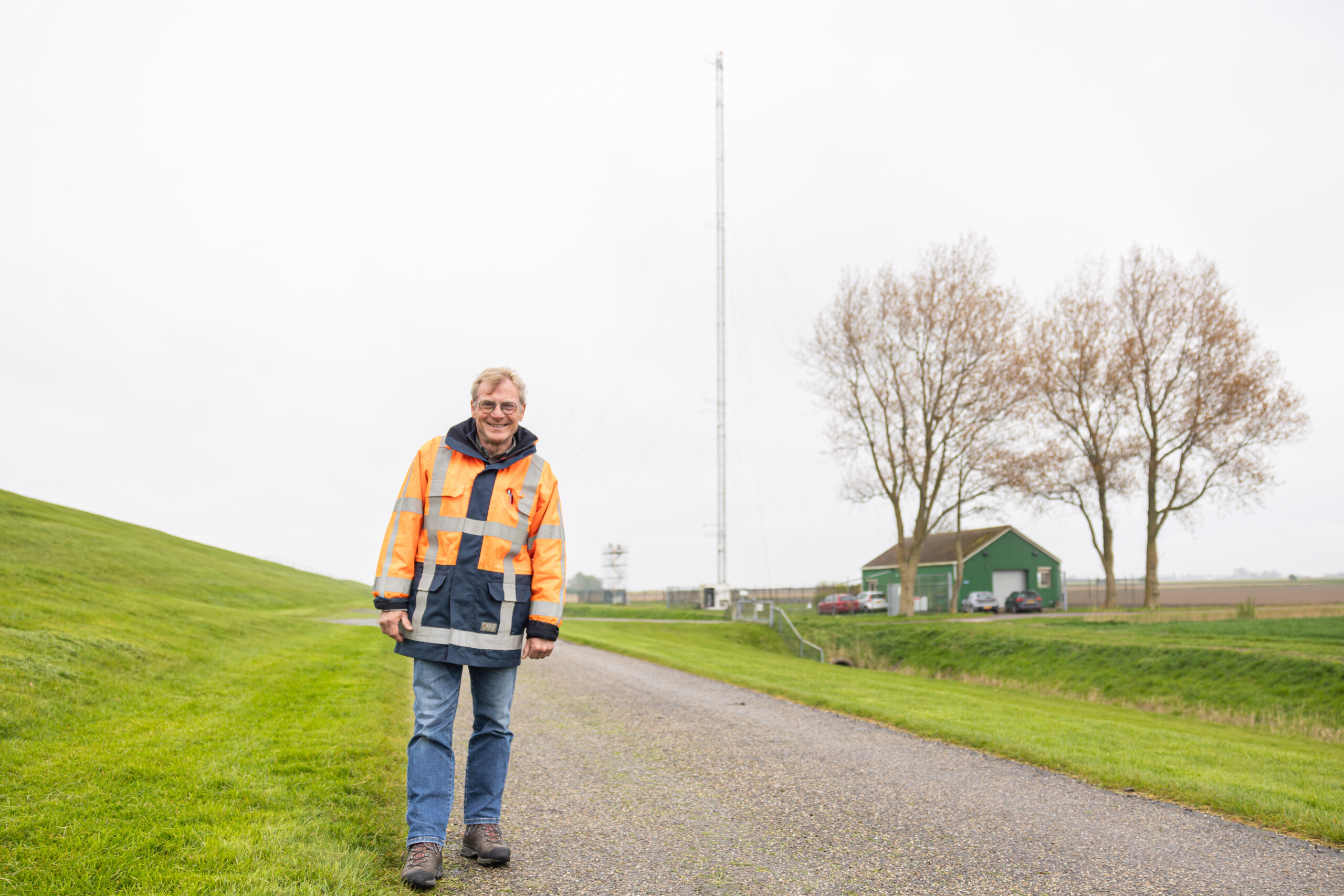Strategic atmospheric infrastructure at the edge of land and sea
At the northern edge of the Netherlands, where the mainland meets the Wadden Sea, lies the Lutjewad measurement station – an essential node in the national and European system for atmospheric monitoring. While modest in appearance, its scientific impact is far-reaching. Lutjewad is one of the few coastal locations in the country with a long and continuous record of atmospheric measurements, making it uniquely valuable for both research and real-world applications.
This essential location is part of the Ruisdael Observatory: a distributed infrastructure designed to enable high-resolution, long-term observations of the atmosphere across the Netherlands. Together with inland reference sites like Cabauw, Lutjewad offers crucial spatial diversity, allowing scientists to study how aerosols, greenhouse gases, and trace compounds evolve as air masses move from sea to land.
The station’s coastal position gives it access to relatively clean air from the sea, interspersed with plumes influenced by agriculture and industry. This makes it an ideal setting to observe contrasts, track transformations, and calibrate instruments under a range of meteorological and chemical conditions.
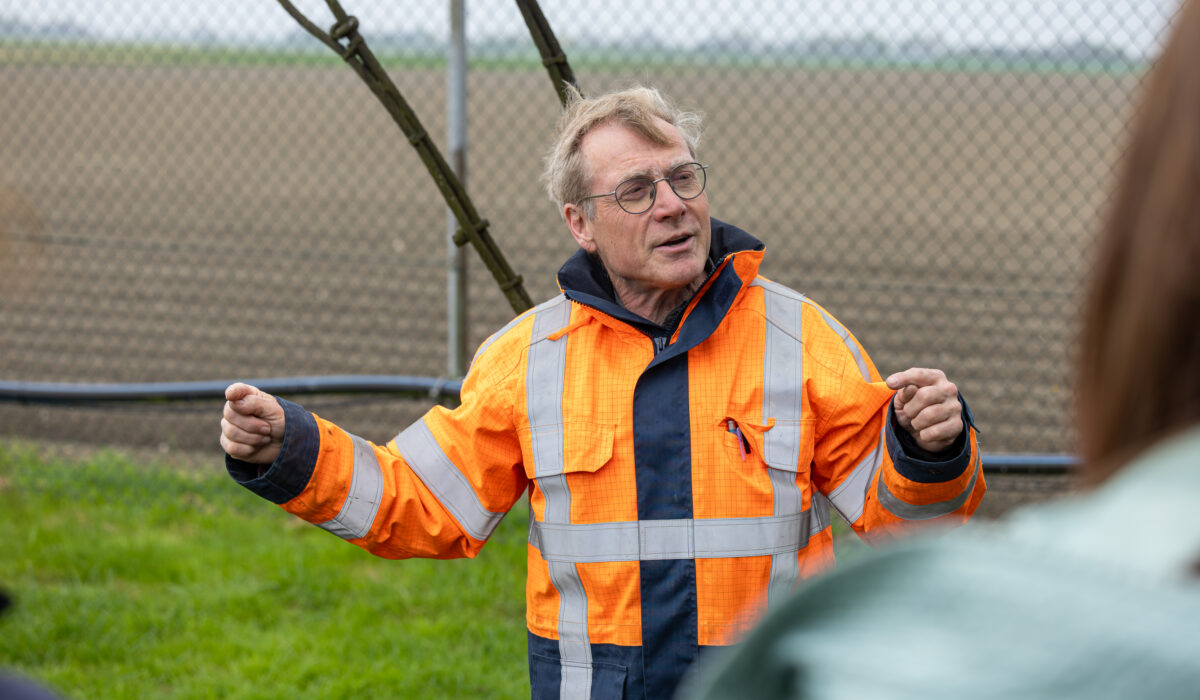
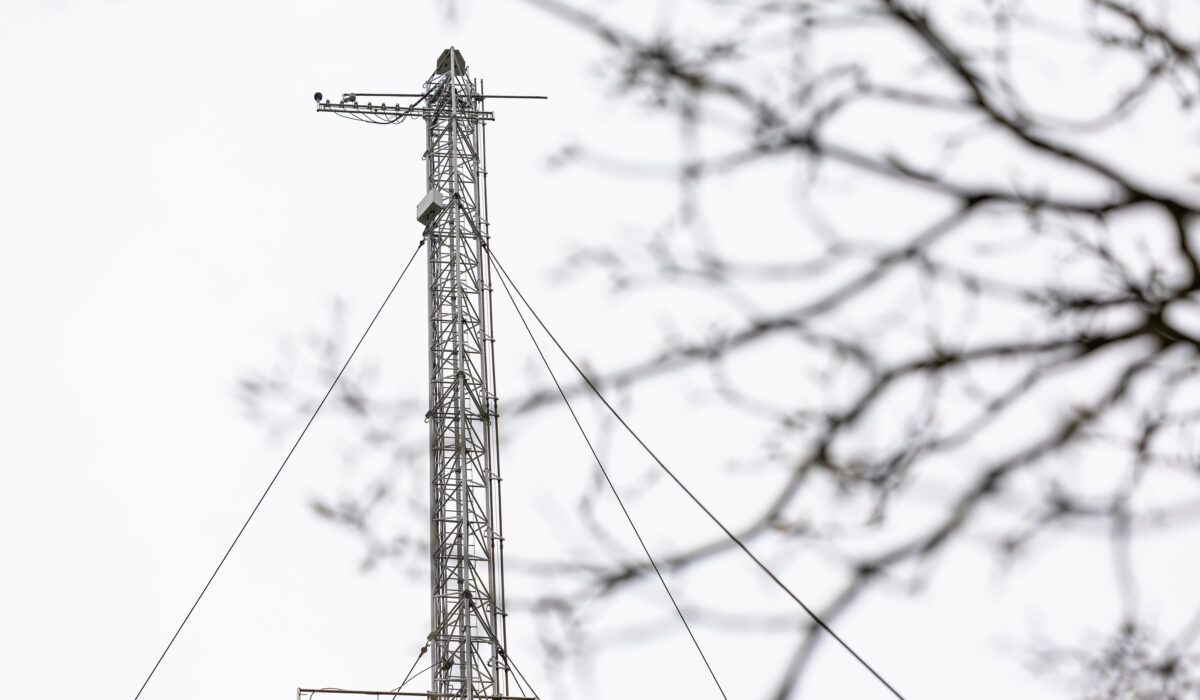
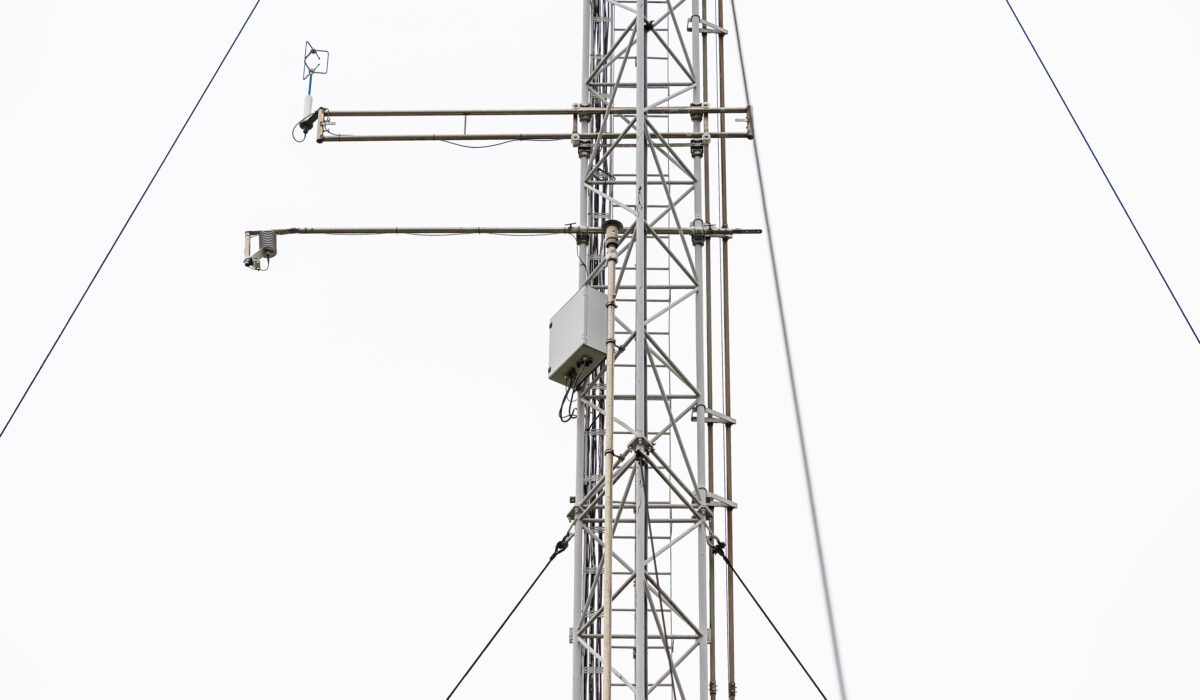
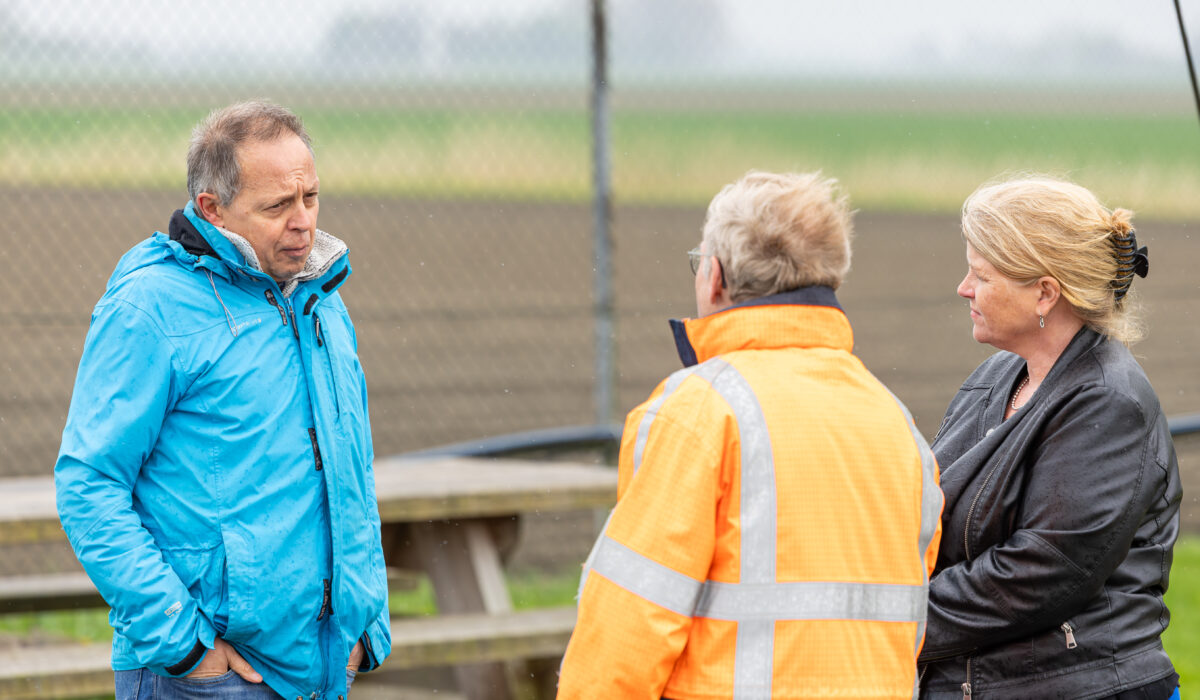
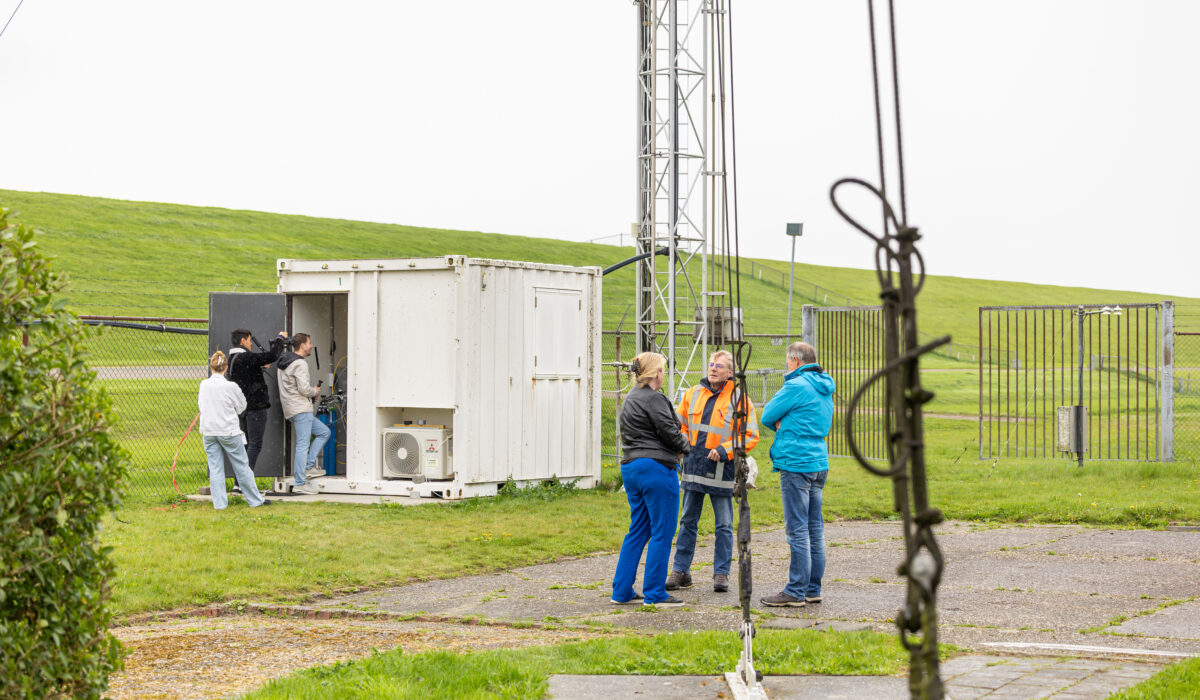
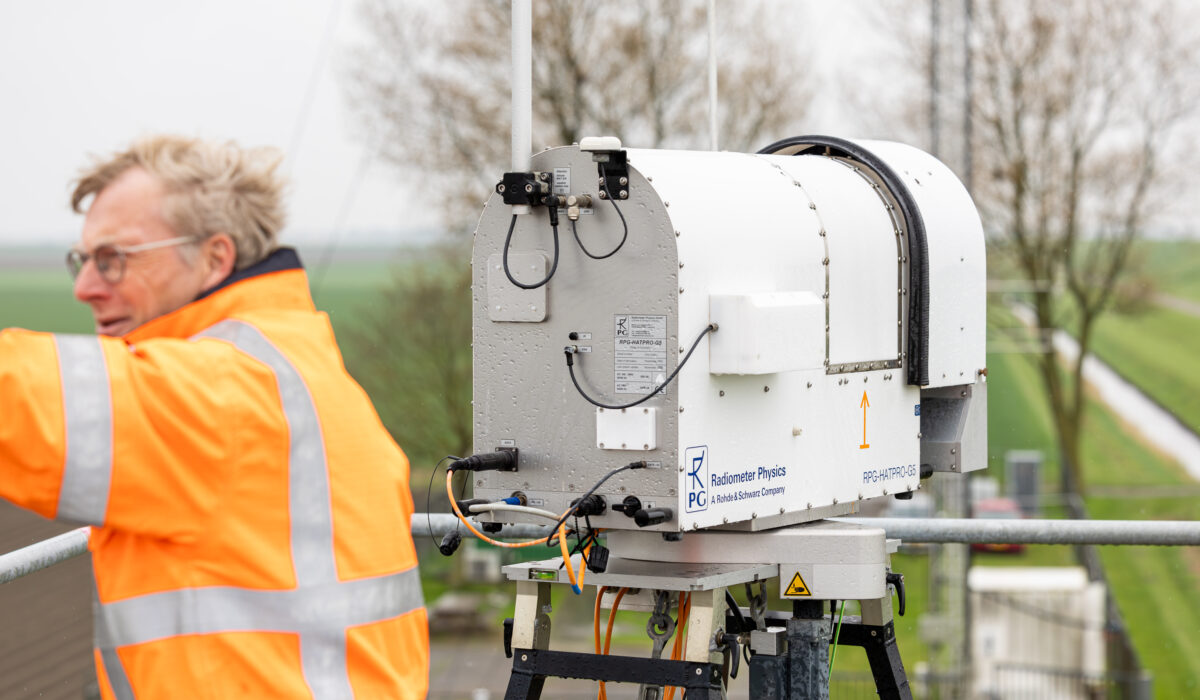
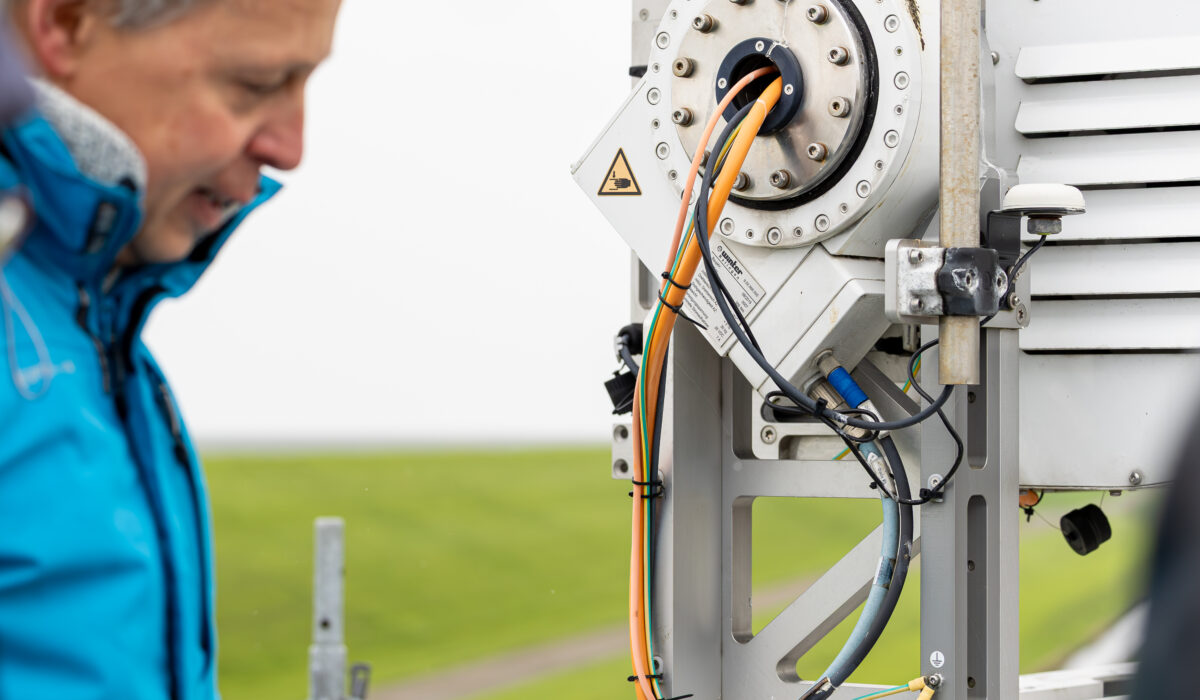
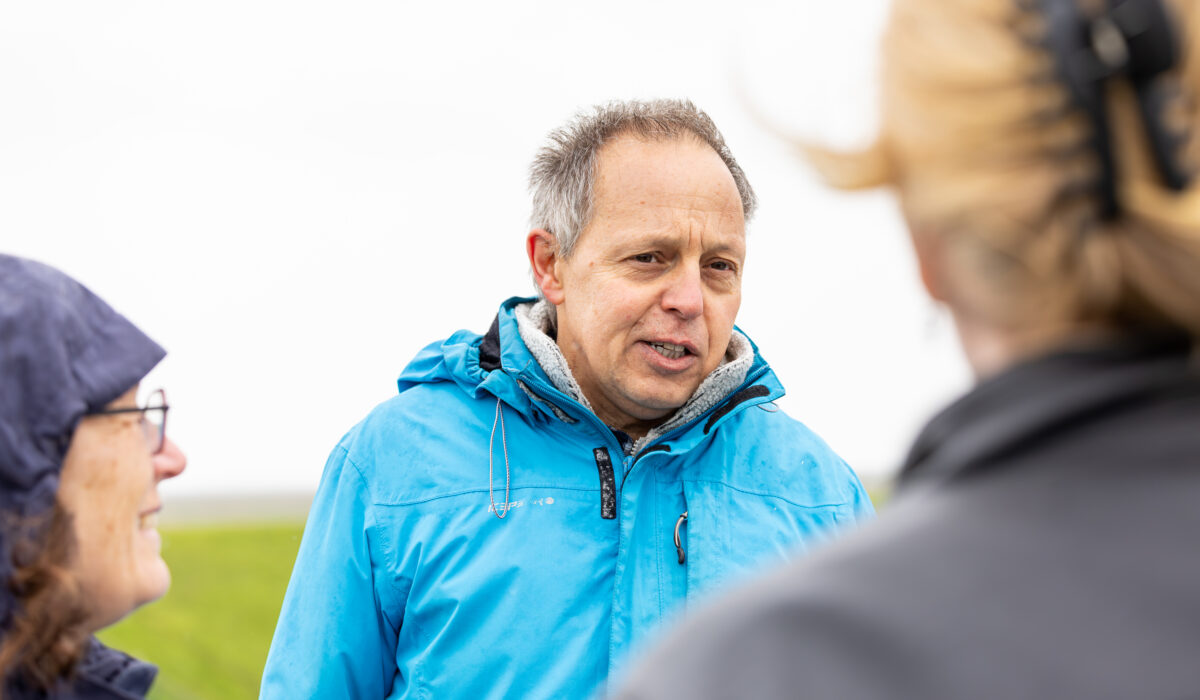
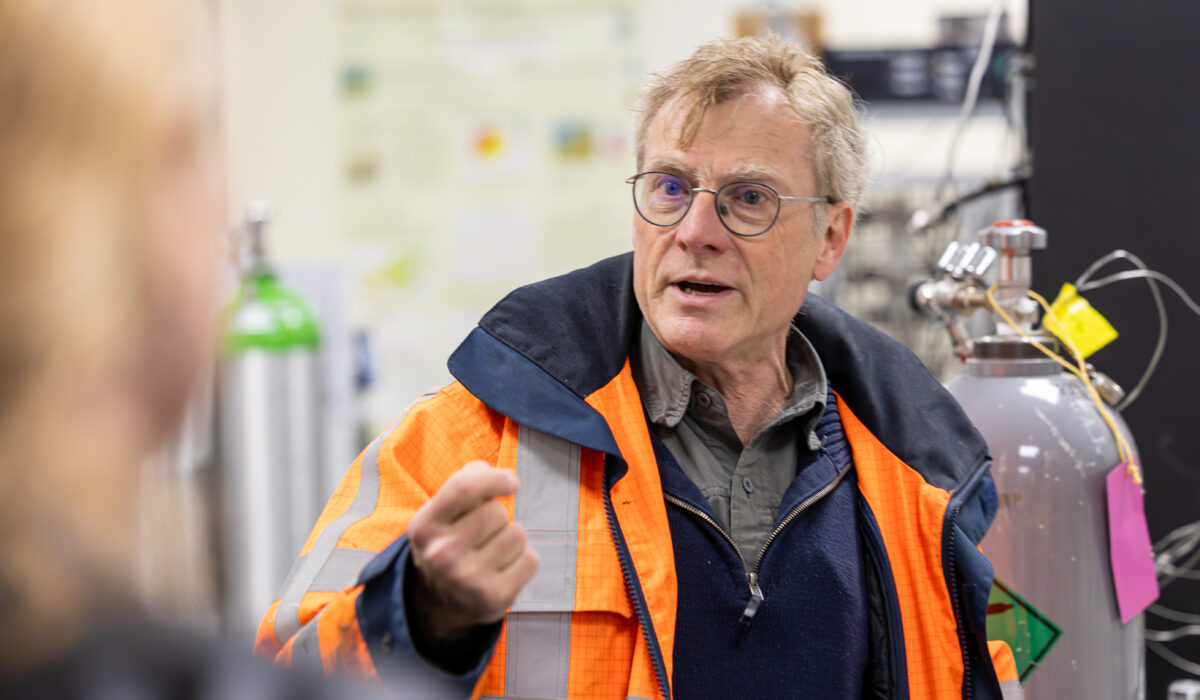
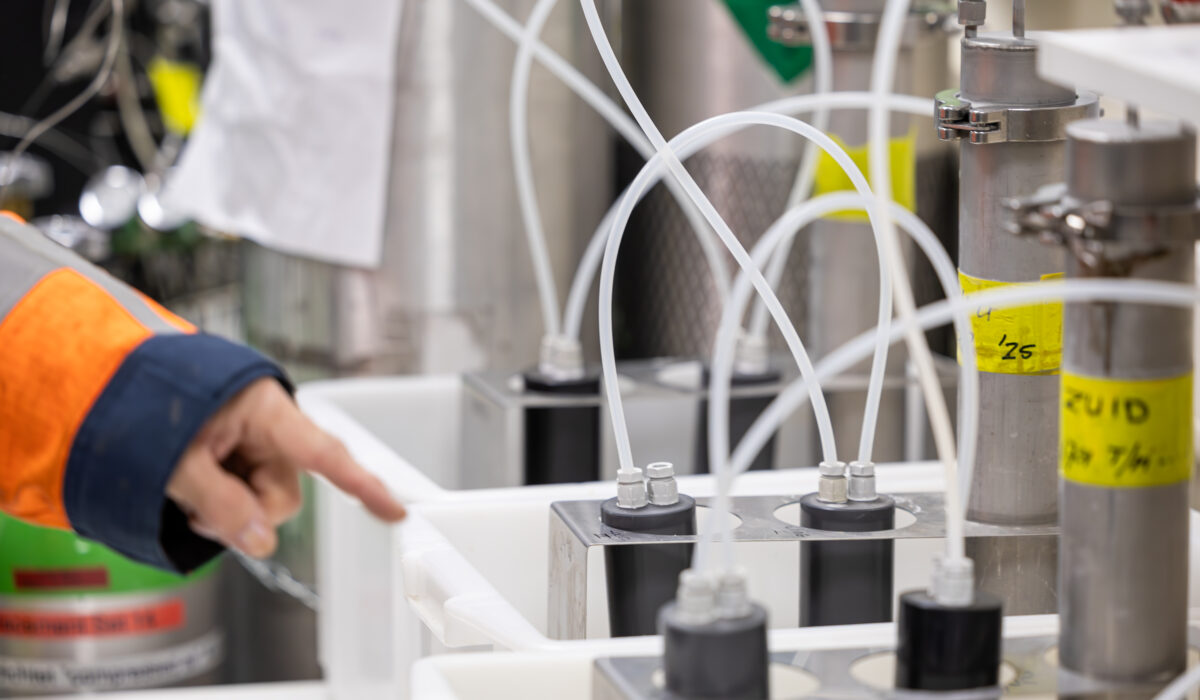
Why Lutjewad Matters for Campaigns Like CAINA
The CAINA campaign – Cloud-Aerosol Interactions in a Nitrogen-dominated Atmosphere – is one of the latest examples of how strategic measurement infrastructure like Lutjewad enables focused, high-impact research. CAINA investigates how increased levels of reactive nitrogen, primarily from agriculture and combustion processes, influence aerosol properties and the formation of clouds.
Understanding this interaction is not just an academic exercise; it directly affects how we model climate change, evaluate air quality, and design mitigation strategies. Cloud formation plays a central role in the Earth’s radiation balance, and even small shifts in aerosol-cloud dynamics can lead to major uncertainties in climate projections.
During the CAINA campaign, Lutjewad served as a coastal calibration site, helping scientists distinguish between background marine conditions and nitrogen-influenced scenarios. Its location provided a valuable reference point to compare against more inland data, allowing researchers to trace how aerosol composition and behaviour change across space.
We spoke with Dr Ulrike Dusek (University of Groningen), who is closely involved in CAINA. She explained how Lutjewad supports a layered measurement strategy, linking long-term continuous data with targeted, high-resolution observations. “By combining stations like Lutjewad with mobile platforms and inland reference points,” she said, “we can better understand the role of nitrogen in cloud formation and narrow down the variables that matter most.”
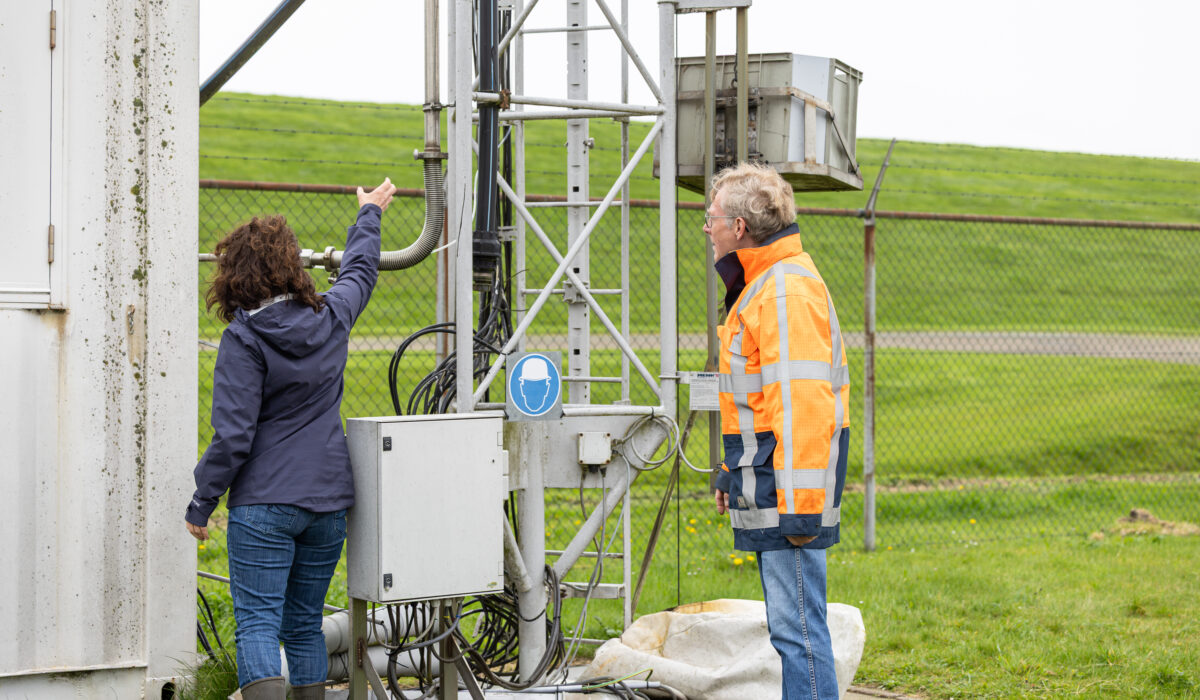
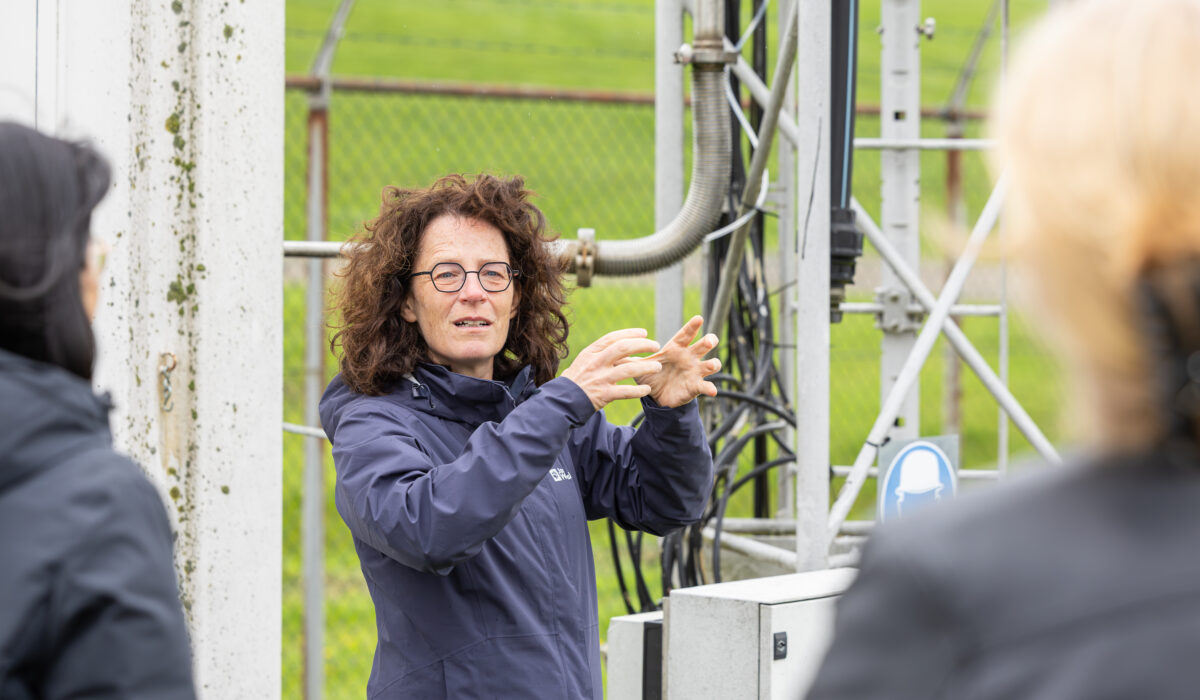
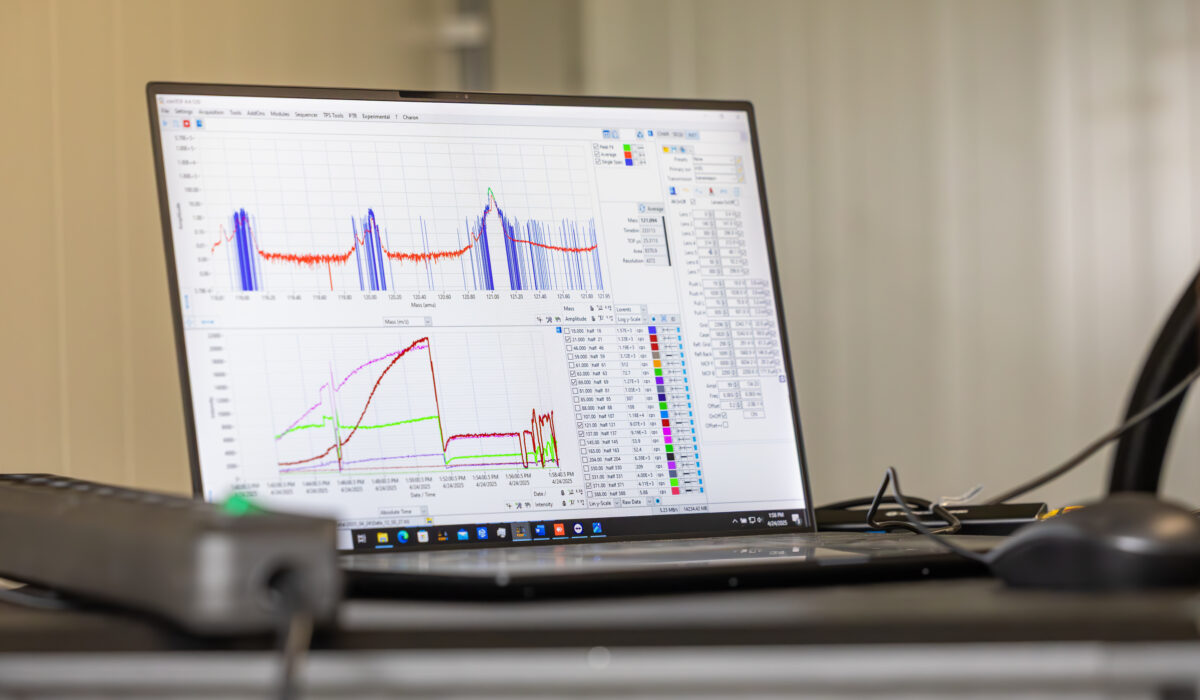

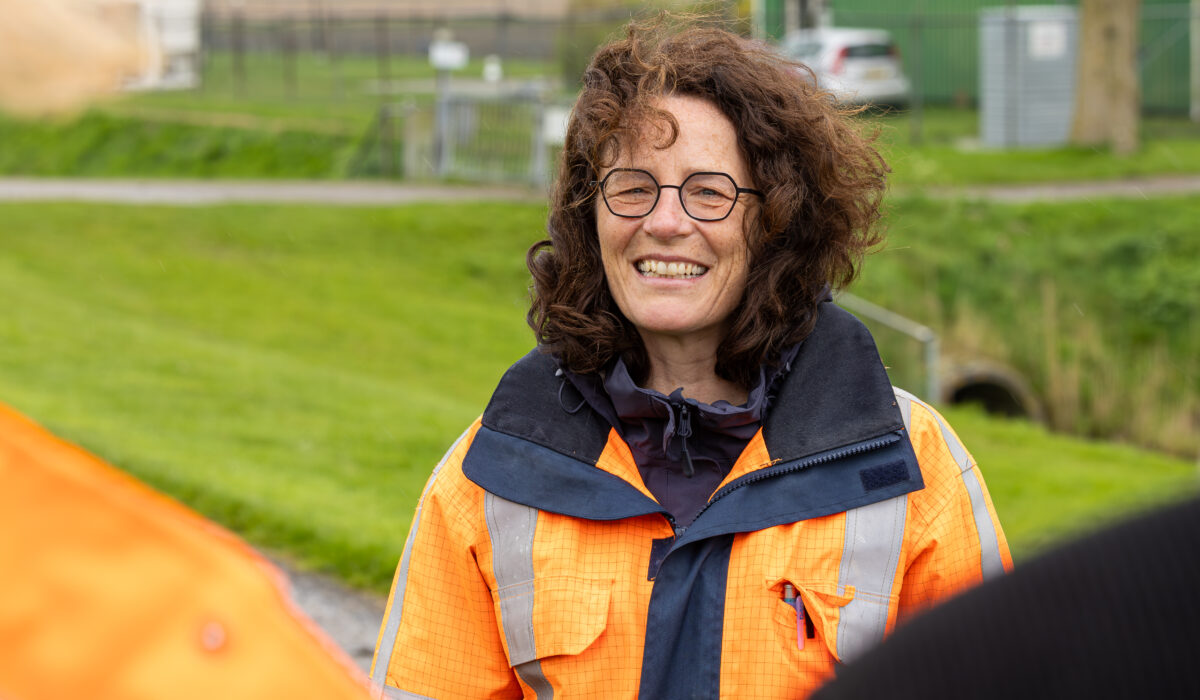
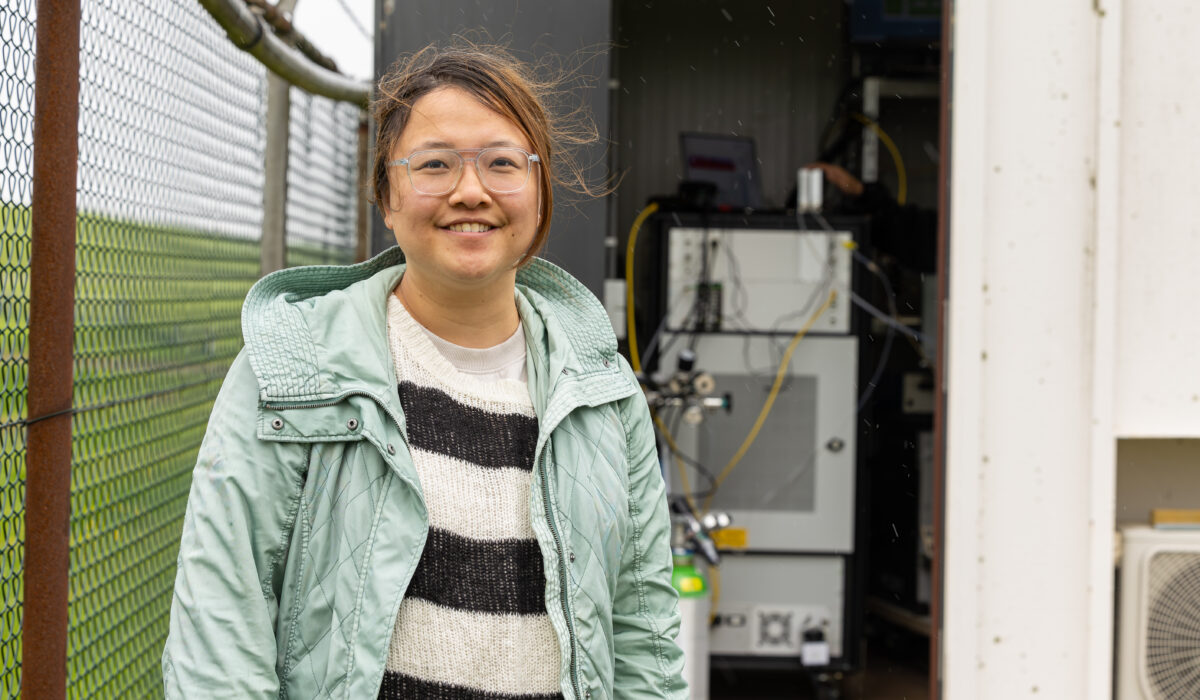
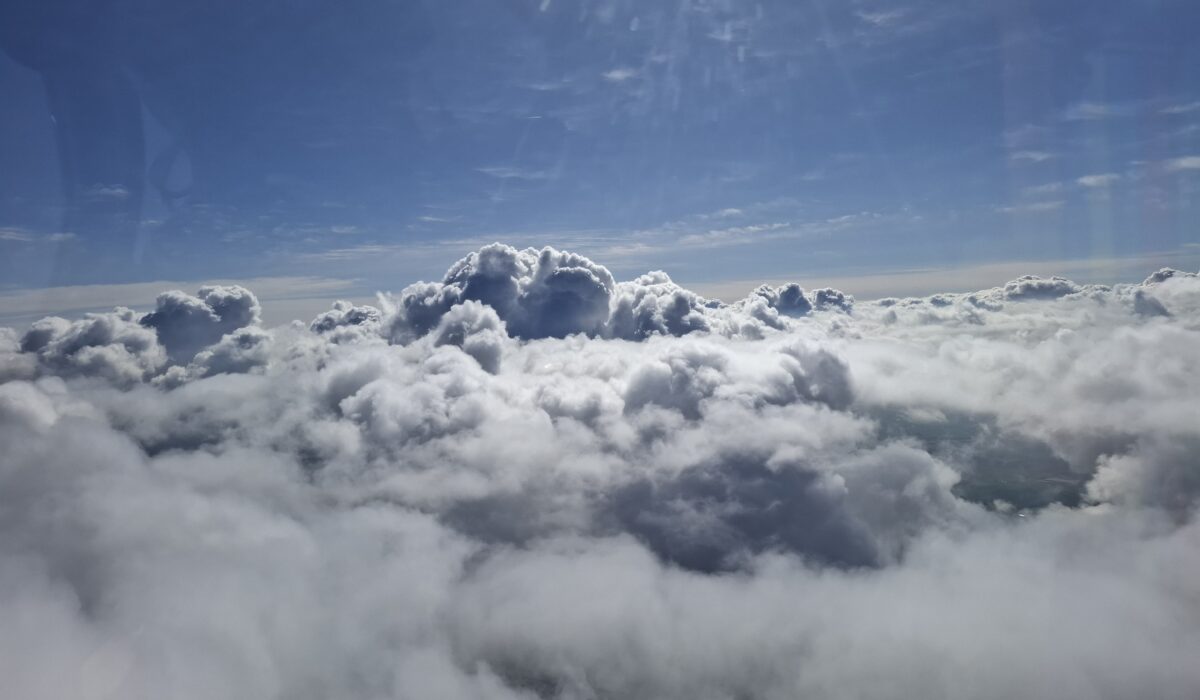
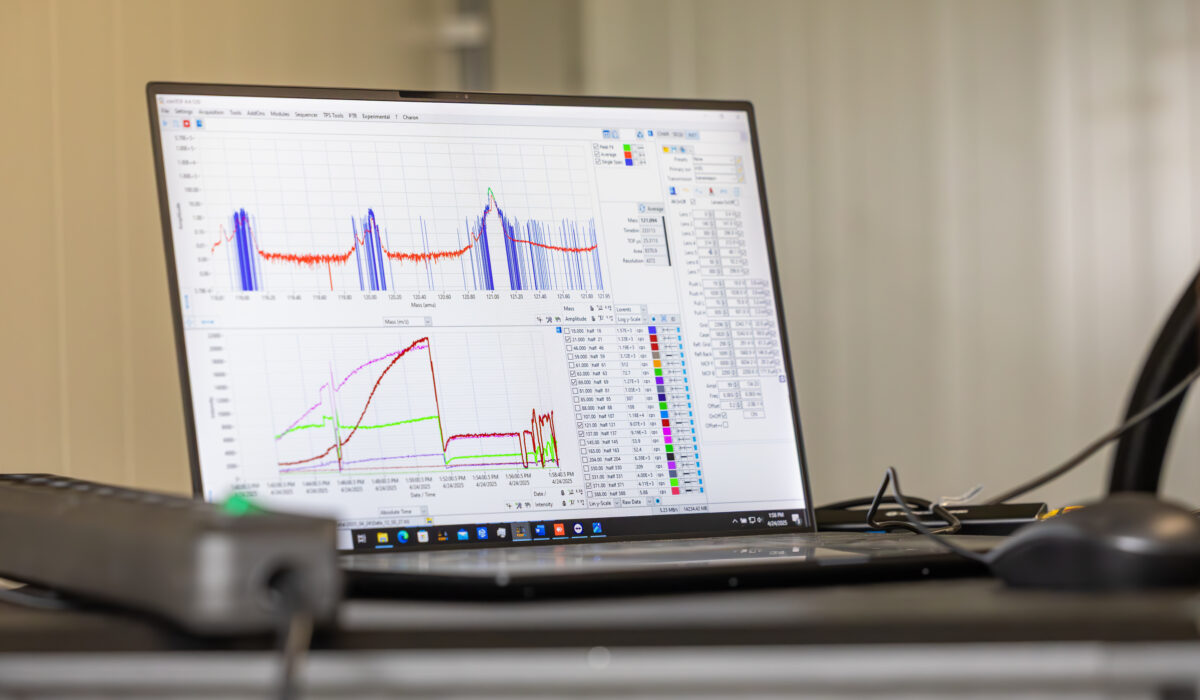
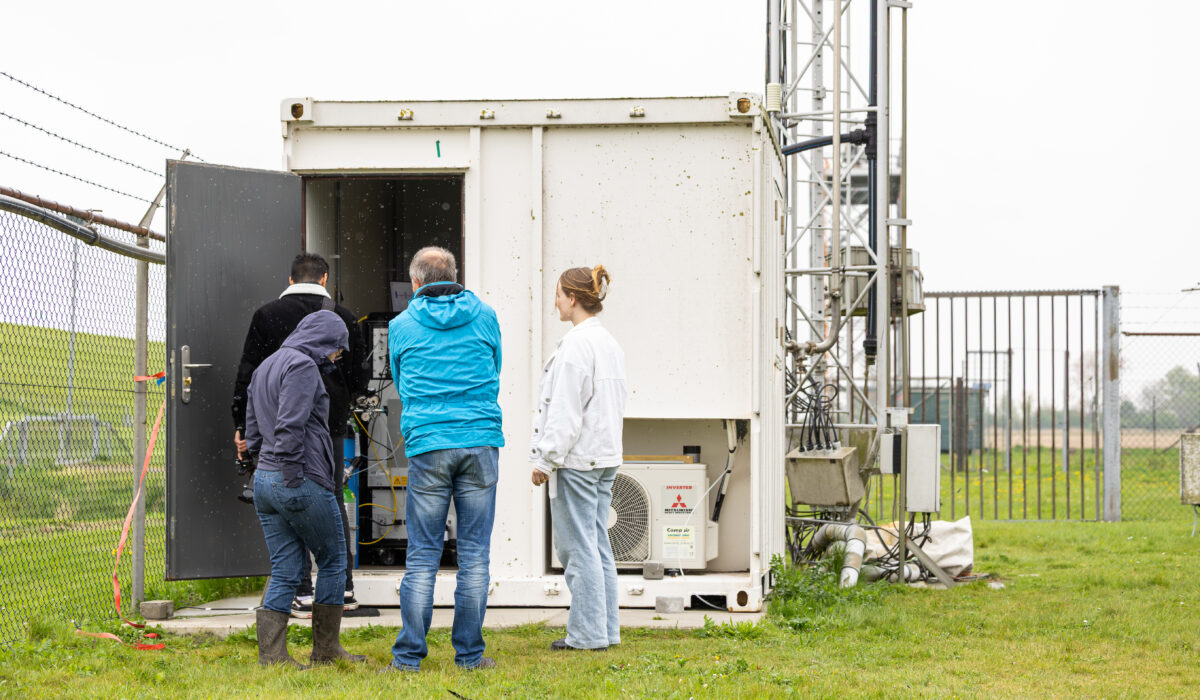
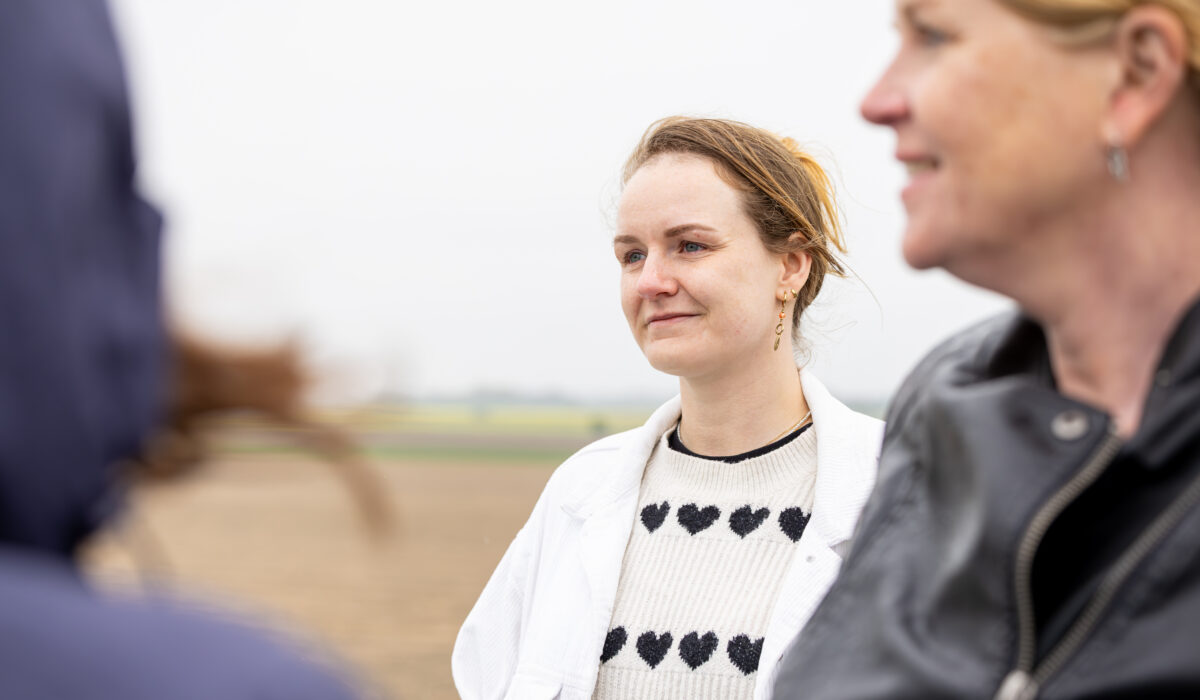
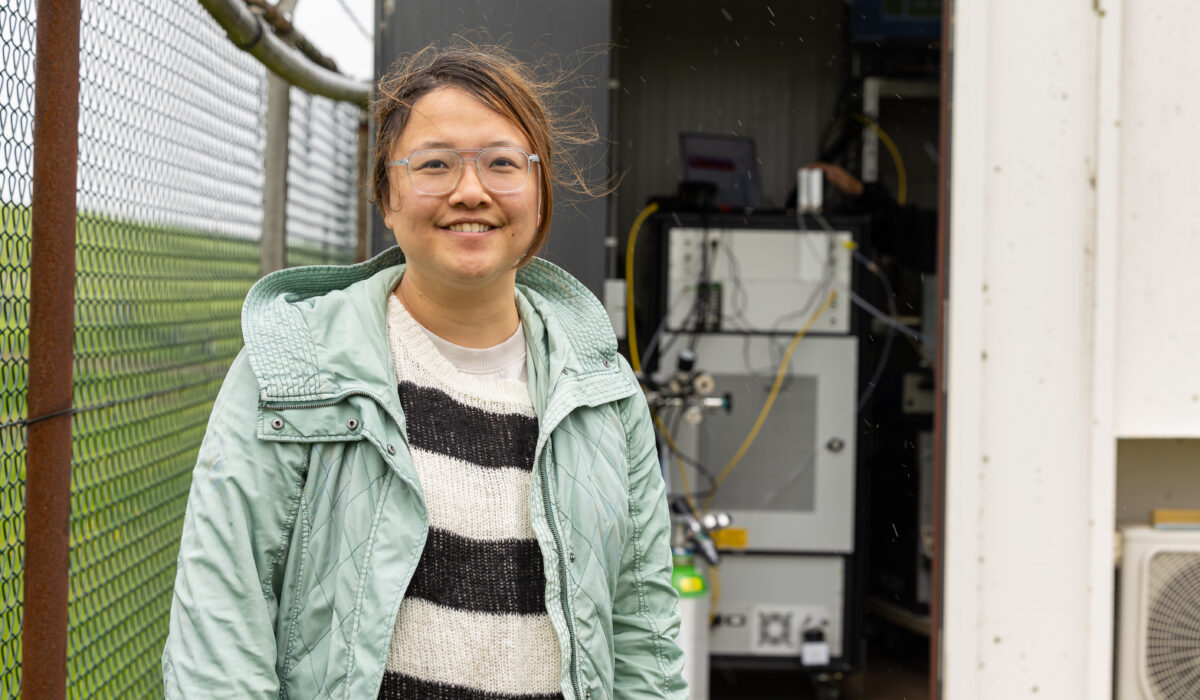
Supporting Both Long-Term Observation and Short-Term Intensives
What makes this station especially valuable is its dual role: it supports both continuous monitoring and intensive, short-term research campaigns. Its fixed infrastructure ensures that background measurements are always available – an essential condition for interpreting transient phenomena observed during shorter projects.
In long-term studies, the station helps build climate baselines and assess trends over decades. In short-term campaigns, it provides stability, context and calibration capacity. Researchers can deploy additional equipment during campaigns, knowing that there is already a solid data backbone in place.
This versatility makes Lutjewad a preferred site for campaigns. By collaborating with other coastal and inland stations across Europe – particularly those around the Baltic Sea – Lutjewad strengthens data comparability and contributes to a more coherent continental research infrastructure.
Quiet, Consistent, and Strategically Irreplaceable
Despite its remote location, it is deeply embedded in the scientific infrastructure that underpins atmospheric research and climate policy. It quietly enables progress in areas ranging from fundamental aerosol physics to applied nitrogen regulation. The station’s continuity, traceability, and openness to international collaboration make it irreplaceable in a time when high-quality data is more necessary than ever.
The need for robust observational baselines becomes increasingly urgent. Stations like Lutjewad do not just record change – they allow us to understand it.

